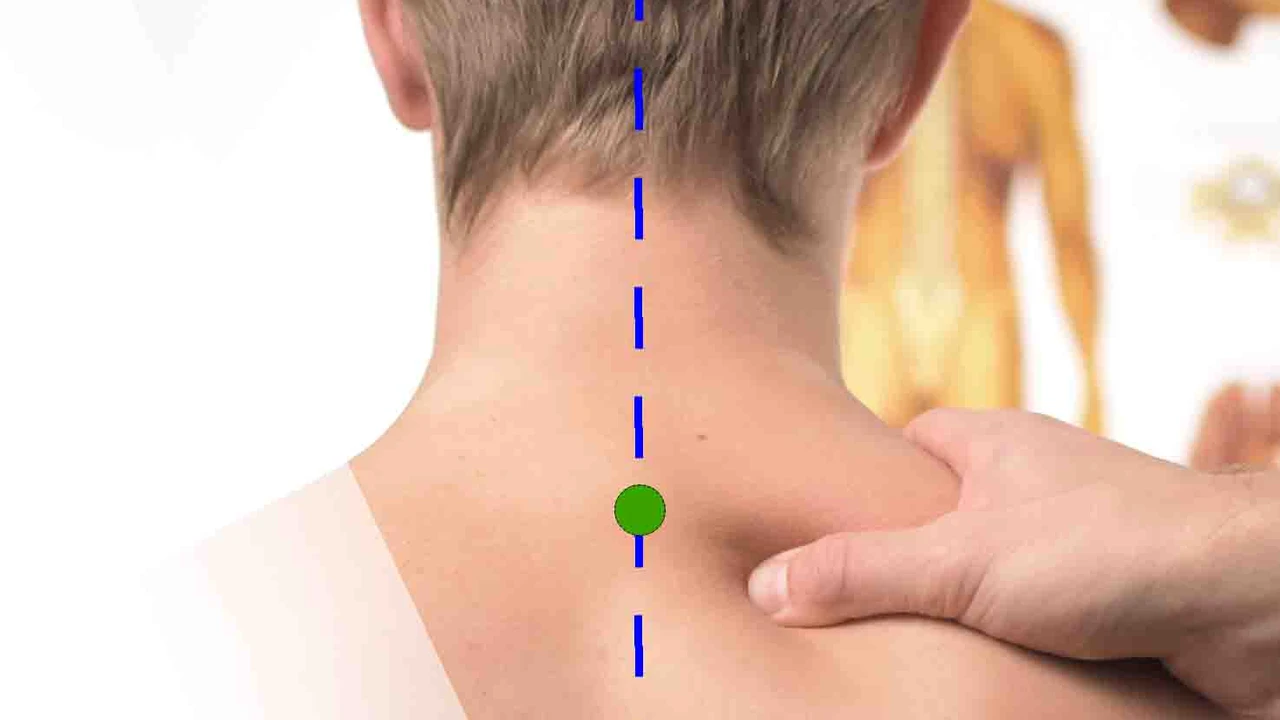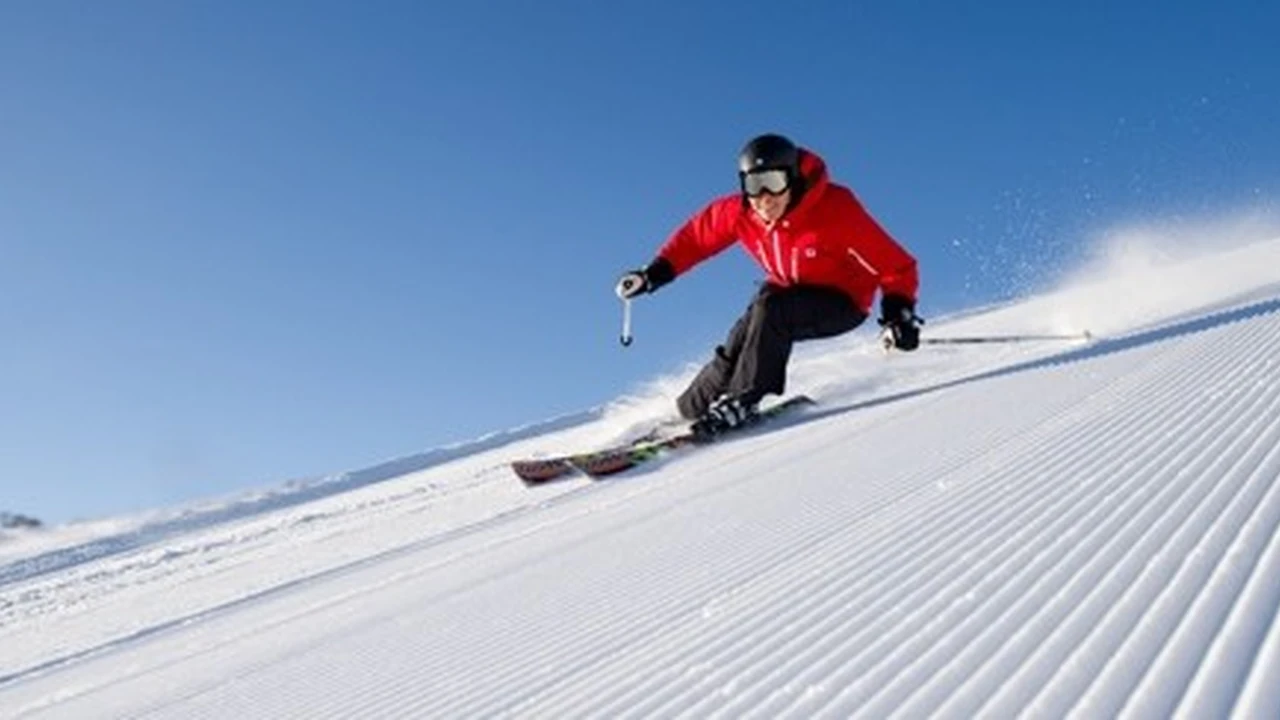
Acupuncture for Winter Ailments Natural Relief and Wellness
Winter, with its crisp air and cozy vibes, also brings a host of common ailments that can put a damper on your spirits. From the sniffles and persistent coughs to joint stiffness and the dreaded winter blues, these seasonal challenges can make even the most enthusiastic winter sports enthusiast feel sluggish. While conventional medicine offers various solutions, many people are turning to ancient practices like acupuncture for natural, holistic relief. But what exactly is acupuncture, and how can it help you navigate the colder months with greater ease and vitality?
Understanding Acupuncture The Ancient Art of Healing
Acupuncture, a cornerstone of Traditional Chinese Medicine (TCM) for thousands of years, involves the insertion of very thin needles into specific points on the body. These points, known as acupoints, are believed to lie along meridians or energy pathways (Qi) that run throughout the body. According to TCM theory, illness and pain arise when the flow of Qi is disrupted or blocked. By stimulating these acupoints, acupuncture aims to restore the balanced flow of Qi, thereby promoting the body's natural healing processes and alleviating symptoms.
The scientific community has also explored the mechanisms behind acupuncture. Research suggests that acupuncture may stimulate the nervous system, leading to the release of endorphins (natural painkillers), neurotransmitters, and hormones. It can also influence blood flow, reduce inflammation, and modulate immune function. This dual perspective – ancient wisdom meeting modern science – makes acupuncture a compelling option for a wide range of conditions, especially those exacerbated by winter.
Acupuncture for Common Cold and Flu Symptoms Winter Wellness
The common cold and flu are almost synonymous with winter. While there's no magic cure, acupuncture can significantly help manage symptoms and potentially shorten the duration of these viral infections. When you feel that familiar tickle in your throat or the onset of body aches, acupuncture can be a powerful ally.
Targeting Cold and Flu Relief Specific Acupoints and Benefits
- Early Onset: If you catch a cold early, acupuncture can help expel the 'wind-cold' or 'wind-heat' pathogens, which are TCM terms for the initial stages of a cold. Acupoints like LI4 (Hegu) and LU7 (Lieque) are often used to strengthen the body's defensive Qi and clear external pathogens.
- Congestion and Sinus Issues: For stuffy noses, sinus pressure, and headaches, acupoints around the face and nose, such as LI20 (Yingxiang) and GV26 (Shuigou), can be stimulated to open nasal passages and reduce inflammation.
- Cough and Sore Throat: Points on the lung meridian, like LU1 (Zhongfu) and LU5 (Chize), can help soothe coughs and alleviate sore throats by regulating lung Qi and clearing heat.
- Body Aches and Fatigue: Acupuncture can help reduce muscle aches and combat the fatigue that often accompanies the flu by promoting circulation and reducing inflammation.
Many patients report feeling a sense of relief and increased energy after an acupuncture session for cold or flu symptoms. It's a gentle yet effective way to support your body's natural defenses.
Acupuncture for Winter Pain Management Joint and Muscle Aches
Cold weather often exacerbates joint pain, muscle stiffness, and conditions like arthritis. The drop in temperature can cause muscles to contract and blood vessels to constrict, leading to increased discomfort. Acupuncture offers a non-pharmacological approach to pain relief, making it an attractive option for those seeking alternatives to medication.
Addressing Winter Aches and Pains Targeted Acupoints and Modalities
- Arthritis and Joint Stiffness: Acupuncture can reduce inflammation and improve circulation to affected joints. Points around the knees, hips, shoulders, and hands are commonly used, such as ST36 (Zusanli) for overall pain relief and SP9 (Yinlingquan) for dampness-related joint pain.
- Muscle Spasms and Back Pain: For winter-induced muscle spasms or chronic back pain, acupuncture can release tension and promote relaxation. Points along the bladder meridian on the back (e.g., BL23, BL40) are frequently utilized.
- Fibromyalgia and Chronic Pain: Acupuncture has shown promise in managing chronic pain conditions like fibromyalgia, which can be worsened by cold. It helps modulate pain signals and improve sleep quality.
Beyond needle insertion, acupuncturists may also use adjunctive therapies like moxibustion (burning mugwort near acupoints to provide warmth and stimulate circulation) or cupping (applying suction cups to the skin to promote blood flow and release muscle tension). These techniques are particularly beneficial in winter for their warming and invigorating effects.
Acupuncture for Seasonal Affective Disorder SAD and Winter Blues
The shorter days and reduced sunlight of winter can lead to Seasonal Affective Disorder (SAD) or general winter blues, characterized by low mood, fatigue, increased appetite, and difficulty concentrating. While light therapy and psychotherapy are common treatments, acupuncture can play a supportive role in managing these emotional challenges.
Boosting Mood and Energy Acupoints for Emotional Balance
- Regulating Neurotransmitters: Acupuncture may influence the release of neurotransmitters like serotonin and dopamine, which are crucial for mood regulation. Points like HT7 (Shenmen) and PC6 (Neiguan) are often used to calm the mind and alleviate anxiety.
- Reducing Stress and Fatigue: By promoting relaxation and reducing the body's stress response, acupuncture can help combat the fatigue and lethargy associated with SAD. Points like GV20 (Baihui) on the top of the head are known for their calming effects.
- Improving Sleep Quality: Many people with SAD experience sleep disturbances. Acupuncture can help regulate sleep patterns, leading to more restorative rest, which in turn improves mood and energy levels.
Acupuncture offers a gentle way to rebalance the body's energy and emotional state, providing a sense of calm and well-being during the darker months.
Acupuncture for Immune System Support Winter Resilience
A strong immune system is your best defense against winter illnesses. Acupuncture is believed to enhance immune function, making your body more resilient to infections.
Strengthening Immunity Acupoints for Defense
- Boosting White Blood Cells: Some studies suggest that acupuncture can increase the production and activity of white blood cells, which are vital for fighting off pathogens.
- Reducing Inflammation: Chronic inflammation can weaken the immune system. Acupuncture's anti-inflammatory effects can help maintain immune health.
- Stress Reduction: Chronic stress is a known immune suppressor. By reducing stress, acupuncture indirectly supports a robust immune response.
Regular acupuncture sessions throughout the winter can act as a preventative measure, helping your body stay strong and healthy.
What to Expect During an Acupuncture Session Your First Visit
If you're new to acupuncture, you might be curious about what a session entails. Here's a general overview:
- Initial Consultation: Your first visit will typically involve a detailed consultation where the acupuncturist will ask about your health history, lifestyle, diet, and specific symptoms. They may also observe your tongue and feel your pulse, which are diagnostic tools in TCM.
- Treatment Plan: Based on the consultation, the acupuncturist will develop a personalized treatment plan, identifying the specific acupoints to be used.
- Needle Insertion: The needles are extremely thin, often as fine as a human hair. You might feel a slight prick or a dull ache, tingling, or warmth as the needle is inserted, but it's generally not painful. Many people feel nothing at all.
- Relaxation: Once the needles are in place, you'll typically lie comfortably for 20-40 minutes. Many people find this time deeply relaxing, some even falling asleep.
- Post-Treatment: After the needles are removed, you might feel relaxed, energized, or a bit tired. It's advisable to avoid strenuous activity immediately after.
The number of sessions needed varies depending on the condition and individual response. For acute conditions, a few sessions might suffice, while chronic issues may require a longer course of treatment.
Choosing an Acupuncturist Finding the Right Practitioner
Finding a qualified and experienced acupuncturist is crucial for a safe and effective treatment. Here are some tips:
- Credentials and Licensing: Ensure the acupuncturist is licensed in your state or country. Look for certifications from reputable organizations.
- Experience: Ask about their experience, especially with the specific conditions you're seeking treatment for.
- Referrals: Ask for recommendations from friends, family, or your primary care physician.
- Consultation: Many acupuncturists offer a free initial consultation. Use this opportunity to ask questions and ensure you feel comfortable with their approach.
Acupuncture Products and Tools Enhancing Your Wellness Journey
While professional acupuncture sessions are key, there are also products and tools that can complement your wellness journey, especially for self-care between appointments or for those exploring acupuncture-related benefits at home. It's important to note that self-treatment with needles is not recommended without professional guidance. However, other tools can be safely used.
Acupressure Mats and Pillows For Home Relief
Acupressure mats and pillows are designed with thousands of small plastic spikes that apply pressure to various acupoints on the body, mimicking the effects of acupressure (acupuncture without needles). They are excellent for relaxation, pain relief, and improving circulation.
- Product Example: Sivan Health and Fitness Acupressure Mat and Pillow Set
- Description: This popular set features a mat and pillow covered with thousands of non-toxic plastic spikes. It's designed to stimulate acupressure points, promoting relaxation and pain relief.
- Use Case: Ideal for relieving back pain, neck pain, muscle tension, and stress. Can be used while lying down or sitting.
- Comparison: Many brands offer similar mats. Look for durable, non-toxic materials and a comfortable density of spikes. Some have more or fewer spikes, affecting intensity.
- Price Range: Typically $20 - $50 USD.
- Product Example: Nayoya Acupressure Mat and Pillow Set
- Description: Similar to Sivan, Nayoya offers a high-quality mat and pillow set, often with a focus on eco-friendly materials and a slightly softer feel for beginners.
- Use Case: Excellent for daily relaxation, improving sleep quality, and reducing general body aches.
- Comparison: Often compared to Sivan, with Nayoya sometimes preferred for its slightly larger size or different spike design.
- Price Range: Typically $30 - $60 USD.
Electronic Acupoint Stimulators Non-Invasive Devices
These devices use mild electrical pulses to stimulate acupoints, offering a needle-free alternative for pain relief and muscle relaxation. They are often handheld and easy to use.
- Product Example: TENS Unit (Transcutaneous Electrical Nerve Stimulation)
- Description: While not strictly an 'acupuncture' device, TENS units work on similar principles by delivering low-voltage electrical currents through electrodes placed on the skin. Many TENS units have modes that mimic acupuncture sensations.
- Use Case: Widely used for chronic pain, muscle soreness, and nerve pain. Can be applied to various body parts.
- Comparison: Look for units with multiple modes, adjustable intensity, and rechargeable batteries. Brands like Omron and iReliev are popular.
- Price Range: $30 - $100+ USD, depending on features and brand.
- Product Example: Electronic Acupuncture Pen (e.g., Health Herald Electronic Acupuncture Pen)
- Description: These pens are designed to locate acupoints and deliver a gentle electrical pulse. They are often used for targeted pain relief and muscle stimulation.
- Use Case: Good for localized pain, muscle knots, and stimulating specific points without needles.
- Comparison: Simpler and more portable than TENS units, but generally less powerful. Ensure it has safety features and clear instructions.
- Price Range: $15 - $40 USD.
Moxibustion Sticks and Boxes Warming Therapy
Moxibustion involves burning dried mugwort (moxa) near the skin to warm acupoints and meridians. It's particularly beneficial in winter for conditions aggravated by cold, such as joint pain or digestive issues.
- Product Example: Smokeless Moxa Sticks
- Description: These are compressed sticks of mugwort that produce less smoke than traditional moxa, making them more suitable for home use.
- Use Case: Apply the lit end near acupoints or painful areas to provide warmth and stimulate circulation. Great for cold hands/feet, joint pain, or digestive discomfort.
- Comparison: Traditional moxa is more potent but very smoky. Smokeless options are safer and more convenient for home.
- Price Range: $10 - $25 USD for a pack of sticks.
- Product Example: Moxa Box with Mesh Cover
- Description: A wooden or bamboo box designed to hold a moxa stick, allowing the heat to be evenly distributed over a larger area of the body without direct contact with the skin.
- Use Case: Ideal for warming larger areas like the lower back, abdomen, or knees. Provides a comfortable, sustained heat.
- Comparison: Offers a safer and more controlled way to use moxa at home compared to holding a stick directly.
- Price Range: $15 - $40 USD for a box.
Cupping Sets For Muscle Release
Cupping involves placing cups on the skin to create suction, which draws blood to the surface and helps release muscle tension and promote circulation. It's often used for back pain, neck pain, and muscle soreness.
- Product Example: Silicone Cupping Set
- Description: These soft, flexible silicone cups are easy to use and create suction by simply squeezing them. They are safer and more convenient for home use than traditional glass fire cups.
- Use Case: Excellent for self-massage, relieving muscle knots, and improving blood flow. Can be used on the back, shoulders, legs, and arms.
- Comparison: Silicone cups are generally preferred for home use due to their safety and ease of application. Glass cups require fire and professional training.
- Price Range: $15 - $40 USD for a set of various sizes.
When using any of these home-use products, always follow the manufacturer's instructions and consult with a healthcare professional or licensed acupuncturist if you have any underlying health conditions or concerns. These tools are meant to complement, not replace, professional medical advice or treatment.
Integrating Acupuncture into Your Winter Wellness Routine A Holistic Approach
Acupuncture can be a valuable addition to your winter wellness strategy, whether you're looking for relief from specific ailments or aiming to boost your overall resilience. By addressing the root causes of imbalance and supporting your body's natural healing capabilities, it offers a holistic path to feeling your best during the colder months. Consider combining acupuncture with other healthy winter habits like a balanced diet, regular exercise, adequate sleep, and stress management techniques for comprehensive well-being. Embrace the winter season with vitality and comfort, knowing you have natural tools at your disposal.
:max_bytes(150000):strip_icc()/277019-baked-pork-chops-with-cream-of-mushroom-soup-DDMFS-beauty-4x3-BG-7505-5762b731cf30447d9cbbbbbf387beafa.jpg)






